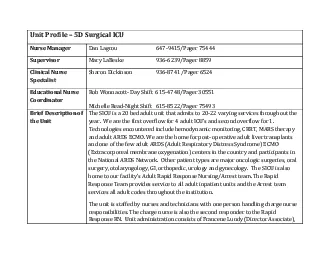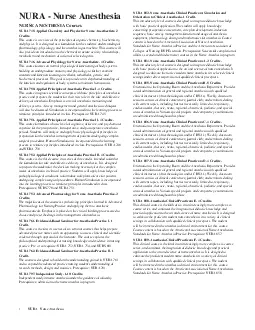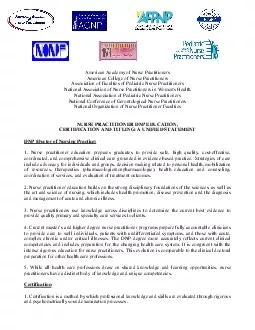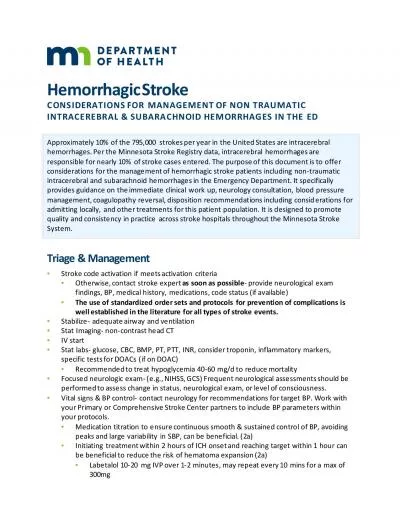PPT-The Nurse View: Clinical Considerations in the Management of
Author : natalia-silvester | Published Date : 2019-01-22
BRCA Mutated Advanced Ovarian Cancer Moderator Chrisann A Winslow RN MSN AOCN Clinical Nurse Specialist Washington University St Louis Missouri Panelists Kimberly
Presentation Embed Code
Download Presentation
Download Presentation The PPT/PDF document "The Nurse View: Clinical Considerations ..." is the property of its rightful owner. Permission is granted to download and print the materials on this website for personal, non-commercial use only, and to display it on your personal computer provided you do not modify the materials and that you retain all copyright notices contained in the materials. By downloading content from our website, you accept the terms of this agreement.
The Nurse View: Clinical Considerations in the Management of: Transcript
Download Rules Of Document
"The Nurse View: Clinical Considerations in the Management of"The content belongs to its owner. You may download and print it for personal use, without modification, and keep all copyright notices. By downloading, you agree to these terms.
Related Documents














